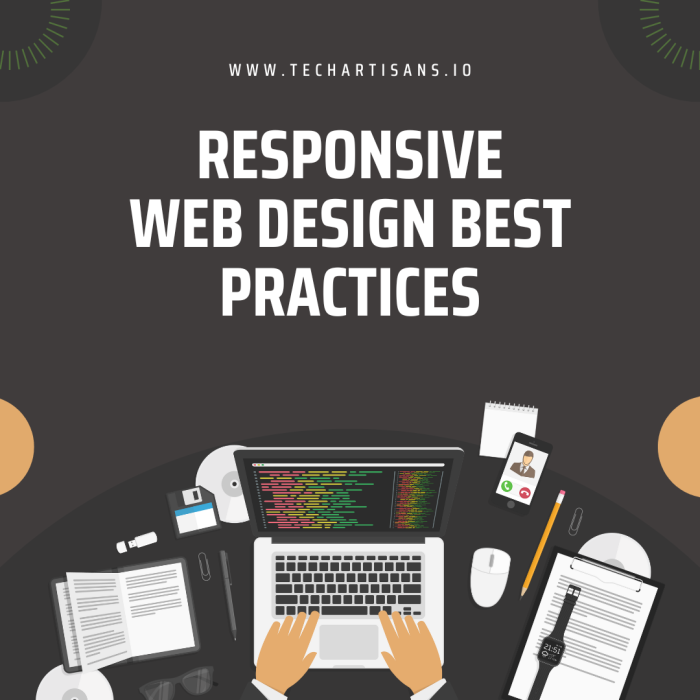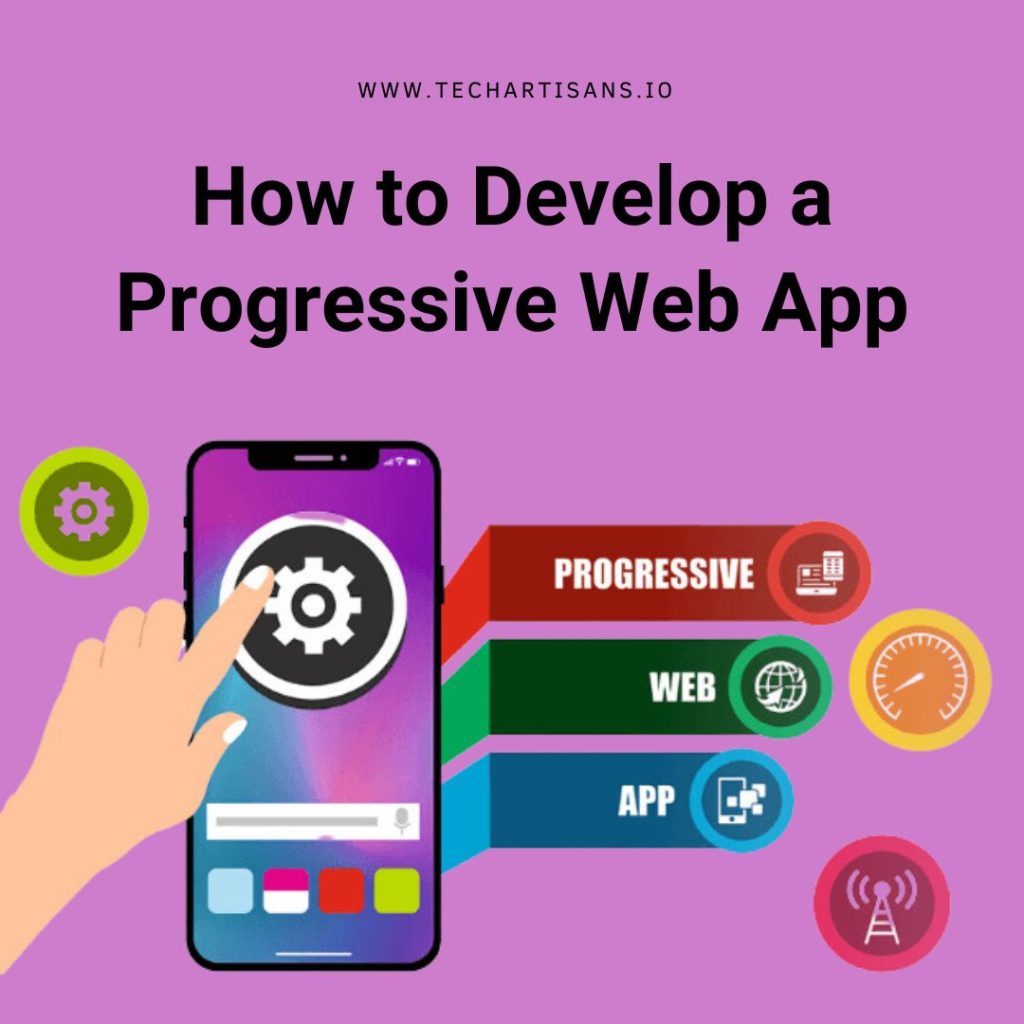Responsive Web Design (RWD) is an essential modern web design principle that ensures your website displays optimally across various devices. This dynamic design approach automatically adjusts the layout, images, and functionalities to fit different screen sizes, whether desktop, laptop, tablet, or mobile phone. In today’s mobile-centric world, adopting RWD is indispensable for businesses of all sizes. As consumers increasingly use mobile devices for online browsing and shopping, RWD enhances user experience, boosts website traffic, and ultimately drives higher conversion rates. Ignoring responsive web design best practices could cost your business-critical opportunities in the digitally-driven market.
Understanding the Search Intent
Diving deeper into the world of Responsive Web Design, comprehending Search Intent’s significance is crucial. It refers to a user’s primary goal while typing a query into a search engine. Recognizing this intent and tailoring your website’s responsive design can drastically enhance the user’s browsing experience, increase engagement, and optimize your site for search engines. Understanding Search Intent is a pivotal component of implementing effective, responsive web design best practices.
Clarifying The Intent: Educating Business Owners On RWD Best Practices
As a business owner, appreciating responsive web design principles is vital to your online success. Understand that responsive design is about aesthetics and improving your website’s usability, increasing customer satisfaction, and enhancing your SEO efforts. Implementing RWD best practices can significantly boost your digital presence and bottom line.
The Goal: To Improve User Experience and SEO
The dual goal of improving user experience and SEO through effective, responsive web design is pivotal. Applying RWD best practices ensures your website’s optimal viewing and interaction across varying devices, enhancing user satisfaction. Simultaneously, it bolsters your SEO efforts, paving the way for improved search engine rankings and increased online visibility.
Target Audience: Business Owners of Small to Medium Businesses
As a business owner of a small to medium-sized enterprise, you are the primary decision-maker, the driving force behind your company’s growth. In this digitally-driven era, it’s paramount to understand how responsive web design principles and best practices can effectively enable your business to flourish online, maximizing customer engagement and enhancing your digital footprint.
Tailoring the Content to Non-Technical Business Owners
Responsive Web Design (RWD) is like a fluid grid. Just as water takes the shape of its container, a responsive website reshapes itself to fit the device it’s viewed on. This results in an improved user experience, leading to more customer engagement and potentially greater sales for your business.
Focusing On The Impact of RWD On Business Outcomes
RWD directly impacts your business outcomes by enhancing user engagement and reducing bounce rates. By ensuring a seamless browsing experience across all devices, you meet customer expectations, which can lead to increased conversions and sales. Ultimately, effective RWD increases your website’s traffic, customer retention, and overall business revenue.
The Rise of Mobile Browsing
The shift towards mobile browsing has been unprecedented, ushering in a new era where desktops are no longer the primary access point to the internet. This section will delve into the rise of mobile browsing and its profound impact on responsive web design.
Statistics On Mobile Usage
Recent data highlights the exponential growth of mobile browsing. As of 2021, 54.8% of global website traffic was generated via mobile phones. This marked increase speaks volumes about the increasing dependency on mobile devices for internet access, underscoring the imperative need for businesses to adopt responsive web design best practices.
Impact of Mobile-Friendliness On User Engagement And SEO
Mobile-friendliness based on responsive web design principles significantly boosts user engagement by providing a seamless browsing experience. It also improves SEO as search engines, like Google, prioritize mobile-friendly sites in their rankings. Hence, embracing responsive web design best practices is essential for enhancing visibility and user experience, ultimately driving business growth.
Principles of Responsive Web Design
Let’s delve into the core principles of Responsive Web Design, which lay the foundation for creating websites that offer seamless user experiences across various devices, ultimately boosting engagement and business growth.
Fluid Grids
Fluid grids are a fundamental principle of responsive web design, serving as the framework for flexible layout. This principle utilizes relative sizing to adapt to different screen sizes, enabling your website’s elements to resize proportionally rather than in fixed pixel sizes. The result is a website layout that seamlessly reshapes itself to provide an optimal viewing experience, regardless of the device used.
Flexible Images
Flexible images, another key principle of responsive web design, ensure that images on your website scale and resize to fit any screen size. This means no matter what device your visitor uses, photos will not appear distorted or out of proportion, thus maintaining a consistent and visually pleasing user experience.
Media Queries
Media queries, the third key principle of responsive web design, allow the layout to adapt based on specific device characteristics. They define how CSS styles are applied with attributes like screen width, resolution, or orientation. This makes your website responsive, delivering an optimal viewing and interactive experience across various devices.
Mobile-First Approach
Adopting a Mobile-First Approach is integral to responsive web design best practices, fundamentally shifting the design process to prioritize mobile device compatibility before scaling up to larger screens.
Definition and Benefits
The Mobile-First Approach is a design principle that starts the creation process from the smallest screen size (typically a mobile device) and progressively enhances the design for larger screens. It reflects the increasing prevalence of mobile browsing, responding to the need for effective and seamless user experiences on mobile platforms.
This approach offers significant benefits. Firstly, it ensures your website delivers a superior user experience on mobile devices, aligning with the browsing habits of a large segment of internet users. Secondly, it’s favored by search engines and can boost your SEO rankings. Finally, it fosters lean and efficient design, as it requires focusing on essential content and functionality first, improving overall website performance.
Implementing A Mobile-First Strategy
Implementing a mobile-first strategy involves several key steps.
- Prioritize Content: Start by determining what content and functionality are essential for mobile users. Focus on these elements, ensuring they are effectively displayed and accessible on smaller screens.
- Design for Touch: Mobile users navigate with touch, not a mouse. Ensure your design is touch-friendly, with easily clickable links and buttons.
- Optimize for Speed: Mobile users expect quick load times. Compress images, minimize code, and leverage browser caching to increase your site’s speed.
- Progressive Enhancement: Once the mobile design is in place, gradually add more features for larger screens. This step-by-step approach ensures your website remains user-friendly across all devices.
Remember, a mobile-first strategy enhances user experience and boosts your SEO rankings, making it a win-win approach for your business.
Designing for Different Devices and Screen Resolutions
Designing for different devices and screen resolutions is essential to responsive web design best practices, enabling websites to provide consistent and optimal viewing experiences across a diverse range of devices. This section will dive into how you can effectively design your website to cater to various screen resolutions, ensuring a seamless user experience whether your visitors are on a desktop, laptop, tablet, or mobile device.
Common Screen Resolutions and Their Significance
Understanding common screen resolutions and their significance is integral to responsive web design.
Desktops and Laptops
Typically, desktop and laptop users have a screen resolution ranging from 1366×768 to 1920×1080 pixels. Designing for these resolutions ensures your website looks professional and uncluttered on larger screens.
Tablets
The standard screen resolution for tablets varies, but 1280×800 is a common benchmark. Ensuring your design looks crisp and navigable on tablet screens enhances the user experience for this sizeable audience.
Mobile Devices
Mobile screen resolutions, usually between 360×640 and 414×896, present unique design challenges due to limited space. Optimizing for mobile solutions is key for user-friendly design in today’s mobile-first browsing environment.
Designing for Future-Proof Compatibility
Future-proofing your website involves designing it to ensure compatibility with future technologies and user habits. This is crucial as technology and digital trends constantly evolve. By anticipating future changes and implementing flexible and scalable design elements, you can ensure your website remains functional and aesthetically pleasing across future devices and browsers.
This involves a dynamic approach to responsive web design, ensuring your site can adapt to different screen sizes that may become standard. Furthermore, you should follow semantic HTML and CSS coding practices, which enhance the longevity of your site by ensuring code compatibility with future web standards. Lastly, continuously testing various devices and browsers is crucial to identify and fix any issues hindering future compatibility.
Responsive Breakpoints and Browser Considerations
Responsive breakpoints and browser considerations are paramount in the landscape of responsive web design best practices. This section will delve into the importance of setting responsive breakpoints and how to consider various browsers in your design process to ensure a universally consistent and high-quality user experience.
Defining Responsive Breakpoints
Responsive breakpoints are specific screen sizes where the layout of your website changes to offer the best viewing experience on various devices. They are crucial in responsive web design, enabling your site to adapt its structure dynamically. Breakpoints are typically set based on common device screen sizes, such as mobile, tablet, and desktop, ensuring a smooth and interactive user experience regardless of the device used to access your site.
Browser Compatibility Issues
Browser compatibility refers to how effectively your website performs across different browsers. Despite standard web technologies, browsers interpret these codes differently, leading to varying display results. Addressing browser compatibility issues is crucial in responsive web design, ensuring your site functions optimally and looks consistent, whether accessed through Chrome, Firefox, Safari, or other browsers.
Best Practices for Responsive Web Design
The following section delves into the most effective strategies and techniques that underline the best practices for responsive web design, ensuring an optimal, consistent, and engaging user experience across all devices.
Eliminating Unnecessary Design Elements
Eliminating unnecessary design elements is a cornerstone of responsive web design best practices. This minimalist approach delivers a streamlined, user-friendly experience across all devices. The web layout becomes more efficient by removing excess clutter, such as nonessential graphics, excessive text, or redundant features, ensuring rapid load times, clear navigation, and enhanced readability, especially on smaller screens like mobile devices.
Designing for Thumbs and Touch Interactions
Designing for thumbs and touch interactions involves optimizing your website for handheld devices where users primarily navigate using touch. This practice enhances usability, ensuring key elements are easily accessible via thumb movements. Easy-to-tap targets, swipe-friendly sliders, and smooth scrolling are vital considerations.
Utilizing Native Hardware Capabilities
Utilizing native hardware capabilities is a pivotal practice in responsive web design. It involves leveraging the inherent features of a device, such as geolocation, camera, or accelerometer, to enhance the user’s interactive experience. By integrating these capabilities into your website, you can provide a more personalized and engaging user experience.
Fluid and Adaptive Layouts
Fluid and adaptive layouts are essential in responsive web design. Fluid layouts allow web elements to resize proportionally with the change in screen size, providing a consistent appearance. Meanwhile, adaptive structures adjust to specific screen sizes, ensuring the optimal display of your web content across different devices.
Landscape Orientation Considerations
Landscape orientation considerations revolve around optimizing your website’s design for wider screen dimensions, common with tablets and mobile devices turned sideways. It involves adjusting layout, sizing, and images to ensure seamless usability and visual appeal, heightening user engagement and satisfaction.
Responsive Typography
Responsive typography involves adjusting the font size, line spacing, and text layout to complement the screen size. It ensures that the text remains legible and aesthetically pleasing across different devices, enhancing your website’s content’s overall user experience and readability.
Performance Optimization
Performance optimization is a critical component in responsive web design best practices. It revolves around refining your website’s speed, functionality, and overall performance, ensuring efficient, seamless, and satisfying user interactions across all devices.
Importance of Website Performance
Website performance is paramount in enhancing user experience and engagement. A fast, responsive website ensures seamless interaction, reducing user frustration and bounce rates. Users tend to abandon sites that take too long to load, making speed an essential factor in retaining website traffic.
Moreover, website performance is pivotal in search engine optimization (SEO). Search engines, like Google, prioritize websites that load quickly and offer a smooth user experience, directly influencing your site’s visibility and ranking.
Finally, a high-performing website implies professionalism and credibility, instilling user confidence and promoting return visits. Therefore, investing in website performance optimization is beneficial but integral to the success of your online presence.
Techniques Like Lazy Loading and Conditional Loading
Lazy loading is a design pattern that delays loading certain elements until they are needed. For instance, images will load once they enter into the viewport. This technique reduces initial load time, enhances website performance, and saves bandwidth by only loading what’s necessary.
Conditional loading, on the other hand, involves loading content based on specific conditions or device capabilities. For example, a high-resolution image might only load on devices with a high pixel ratio. Conditional loading ensures that users only receive content their machine can handle, improving load times and user experience.
Testing And Tools for RWD
To ensure the effective implementation of responsive web design principles, rigorous testing, and utilization of the right tools are essential. This section will explore various testing methods and tools that can help achieve a seamless, efficient, and user-friendly responsive web design.
Importance of Iterative Testing
Iterative testing is crucial in responsive web design, allowing continuous improvement and refinement. Through repeated cycles of testing and modification, designers can detect and fix issues, enhance functionality, and improve user experience. It ensures the design performs optimally across all devices, fostering user satisfaction and engagement.
Tools for Design and Testing
Various tools are available for responsive web design and testing. Design tools like Sketch and Adobe XD assist in creating responsive layouts, while testing tools like Browser Stack and Google’s Mobile-Friendly Test ensure your design functions optimally across different devices. These tools are instrumental in implementing responsive web design best practices and achieving a user-friendly website.
Conclusion
To wrap up, implementing responsive web design best practices is vital in today’s digital age. Ensuring your website is mobile-friendly, optimized for performance, and offers a seamless user experience across various devices is crucial. From fluid and adaptive layouts and iterative testing to utilizing native device capabilities, these practices help enhance usability, boost engagement, and ultimately contribute to business success. So, if you haven’t already, it’s high time you adopt responsive web design strategies to meet users’ expectations and surpass them, driving your business towards greater heights of success.
Call to Action
Ready to take your business to the next level with a responsive web design? Evaluate your current website and see the difference responsiveness could make. We offer expert consultation and services tailored to your needs. Don’t hesitate to contact us today, and let’s create a user-friendly, high-performing website together!







